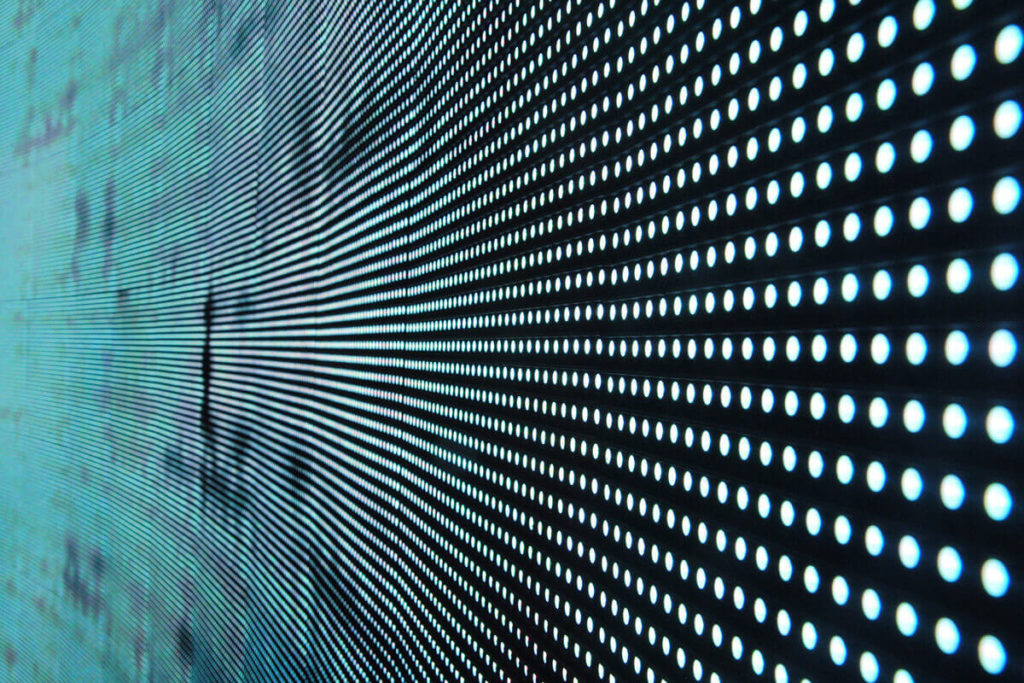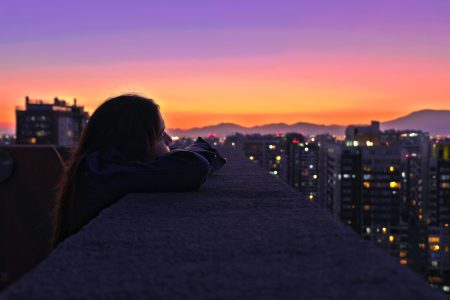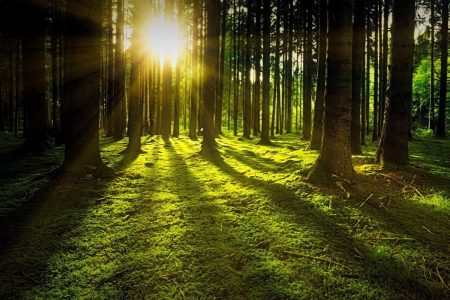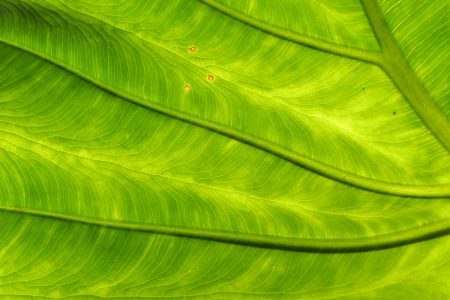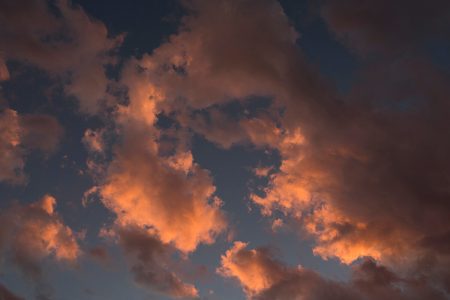There exist various publications on lighting which explains that “such or such project” is better because it is made with LEDs, with very few or no serious technical or economic arguments to show that effectively LEDs are better.
The case of LEDs is very interesting because it is the technological innovation in lighting which has received the most investments. In just over ten years, hundreds of companies from Asia, Europe and the United States have invested billions of dollars in research and development of LEDs. Now all LED products that have been manufactured must be sold at all costs. These companies are lobbying so intensly that any citizen is convinced that “If it’s LED, it’s good. If it’s LED it’s efficient. If it’s LED, it’s environmentally friendly”.
LEDs are definitely a very interesting technology, which will have a significant technical development, and play a role in the world of electric lighting. Nevertheless, it should be considered another tool, another light source made available to us, and not as the only solution to all lighting issues, even less so in places like Chile or Latin America.
In continuation, we review some issues related to LED technology and its supposed advantages.
LEDS ILLUMINATE MORE THAN THE OTHER TECHNOLOGIES
One of the promises of the vendors is that LEDs produce more light than traditional light sources. This is largely false, although laboratories have actually proved that the values obtained are very promising, but in reality the best quality LEDs do not exceed not even the fluorescent tubes in the relationship: lumen output versus electrical consumption, nor discharge lamps such as sodium which are reaching similar levels of rhose of metal halide lamps.
So LEDs emit light, yes, but not in enough quantity to justify the change of a system with existing fluorescent tubes as proposed here.
LEDS ARE NOT HOT
Absolutely false. LEDs actually generate a large amount of heat, a reason for which the systems are very complex to design and expensive to cool (heat sink) in order to maintain the LED in good condition. If not taken care of properly, these are degraded and their life is shortened dramatically. It’s enough just to observe any professional LED luminaire for dimensions and the amount of aluminum used in these radiators.
Today, there are several lights up with built-in fans for cooling the LED systems. Obviously, this situation has also an impact on the design of HVAC systems in buildings. Do LED vendors not speak about this reality?
THE LIFESPAN OF LED IS MUCH LONGER
In the early 2000s, all manufacturers promised 100,000 hours of life, meaning more than eleven years continuously. It looked fantastic, but a few years later many manufacturers were promising just 50,000 hours. Today, the most serious professional manufacturers offer between 15,000 and 30,000 hours, an estimate which is much closer to traditional sources.
Why has the lifetime of LED shortened so greatly over the last 10 years?
How is LEDs lifetime measured?
By consensus, the lifetime of LEDs is measured on a universe of 100 LEDs, when producing a 50% even 70% of its initial flow.
The duration of life depends on the way each manufacturer evaluates, in his lab, the expected useful life of their equipment LEDs, and is actually a function of thermal management / control of the junction temperature in the LED and its correct power, which depends on the quality of the power electronics, which is quite variable from one manufacturer to another.
For example, an LED Manufacturer “A” may have a lifespan of 50,000 hours in the fixture “B”, but only 30,000 hours in the “C” that is based on the management of current flow and dispersion heat.
TECHNOLOGICAL PROGRESS AND THE POSSIBILITY OF MAINTENANCE
LED technology is constantly evolving. Every day brings new equipment and new systems, meaning LED equipments are getting old and out of date. Manufacturers constantly change their equipment to keep up with the ever changing technology, renewing products obsolete last year. Additionally, there is no standardization and each manufacturer produces equipment that is not compatible with others.
Take for example the traditional lighting fixture of today that’s ten or fifteen years old; it can still be easily maintained. You can swap the lightbulb for other ones (usually several brands). You can change the electrical accessories and luminaire will still function. With LEDs this is impossible. It generally takes one or two years for models to enter the market; these same models have already been replaced with different ones and can no longer be repaired, there spare parts are obsolete.
What will the municipalities do when faced with cases of defects or vandalism of public lights?
How can you expand an existing project after a couple of years?
HE QUALITY OF THE WHITE LIGHT EMITTED BY THE LEDS
LEDs do not emit white light, but light in different colors, including red, blue, green, or amber. Therefore to emit “white” light one must add layers of matches, in order for a light blue light to reach a “white ” light. In reality, this light often has a yellowish, greenish or purple tint, producing a serious problem with the quality of light that LEDs deliver. Overall all low-cost LEDs produce a “white light” of poor quality that makes difficult or impossible to capture a good picture of the environment or to accomplish a comfortable visual effect for the users of the site.
There are LEDs that emit white light of better quality, but are available in only very high-cost equipment. These LEDs emit less light than traditional sources, such as fluorescent lights as the number of layers required to filter from blue to white is greater, greatly diminishing its performance. Other manufacturers add some red LEDs between the “whites” to improve the color.
LIGHTING IS FOR PROFESSIONALES, LED IS FOR AMATEURS
Professional lighting equipment are manufactured by and sold to professional lighting companies, which must have strong technical skills and must certify the most important equipment. For example, when OSRAM wants to import a fluorescent tube to Chile, it must be authorized and sent to be certified by a laboratory to approve the quality of your product in order to be authorized to sell it the market.
This is very different with many of the other LEDs. Most companies that have spent the last few years to the “LED business”, who beforehand worked in the coffee, socks, or matches business and have little to no expertise in lighting. They are traders who entered the “LED business” importing products from Asia, some containers of equipment and promising the moon to their customers, obviously without any prior knowledge of the lighting business and without the necessary certification. They can sell the products they want in the market, without complying with the proper standards or certification, often times taking advantage of the little knowledge of their customers to promise them wonders that will not and can not be fulfilled.
THE PRICE OF LEDS
Professional LED equipment costs anywhere between two to four times more than the equivalent lighting equipment with traditional sources. Thus, we are facing a problem because the cost of investments in construction projects in Chile and the region are much lower than those in Europe or the United States. The state does not subsidize the installation of such equipment as sometimes happens in these previously mentioned countries. Professionally speaking, one can still not work in general lighting of a building with LED technology, because the budget can not encompass that kind of ambition.
IN WHICH CASES ARE LEDS A GOOD SOLUTION?
Among others, we can cite a few applications, for which the LEDs are a solution:
- They are definitely a great solution when you need to use colored light, as they emit much more light than any other source that are filtered and can produce a lot of colors by adding red, green, and blue.
- They are also an excellent solution for other various specific applications in architecture, such as LED linear systems that occupy a very small space and allow very attractive decorative effects.
- They are also very interesting when one requieres very small amounts of light, in enclosed areas; there are teams of 1W, 2W, 3W, 5W, which allow very precise effects on well defined surfaces or in very small.
- They are a very good solution to all that is light signaling, such as traffic lights for example.
- They are an excellent light source for vehicles and industrial applications, as it is being insensitive to vibrations.
